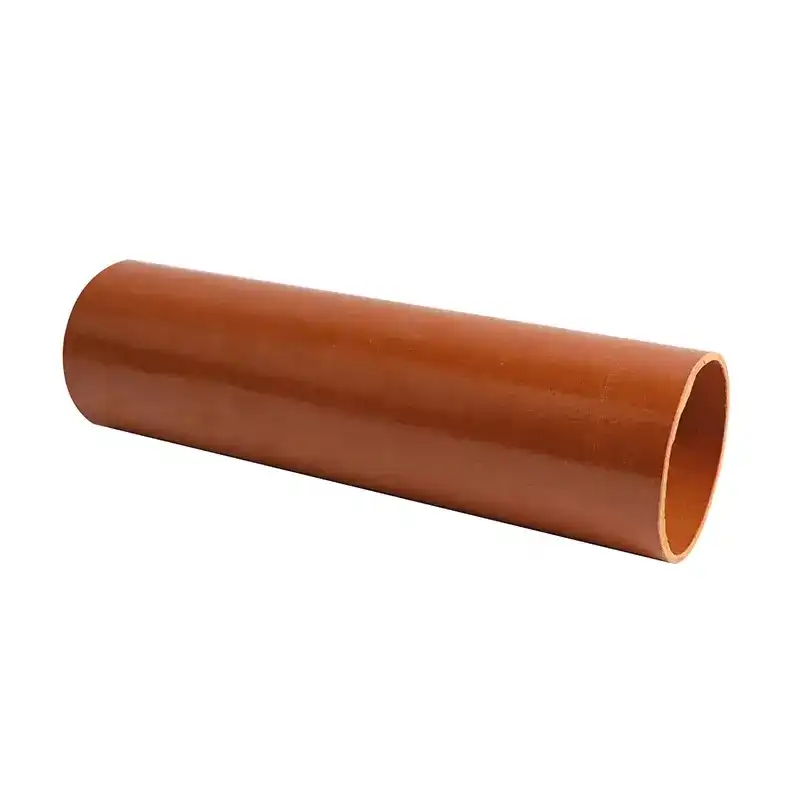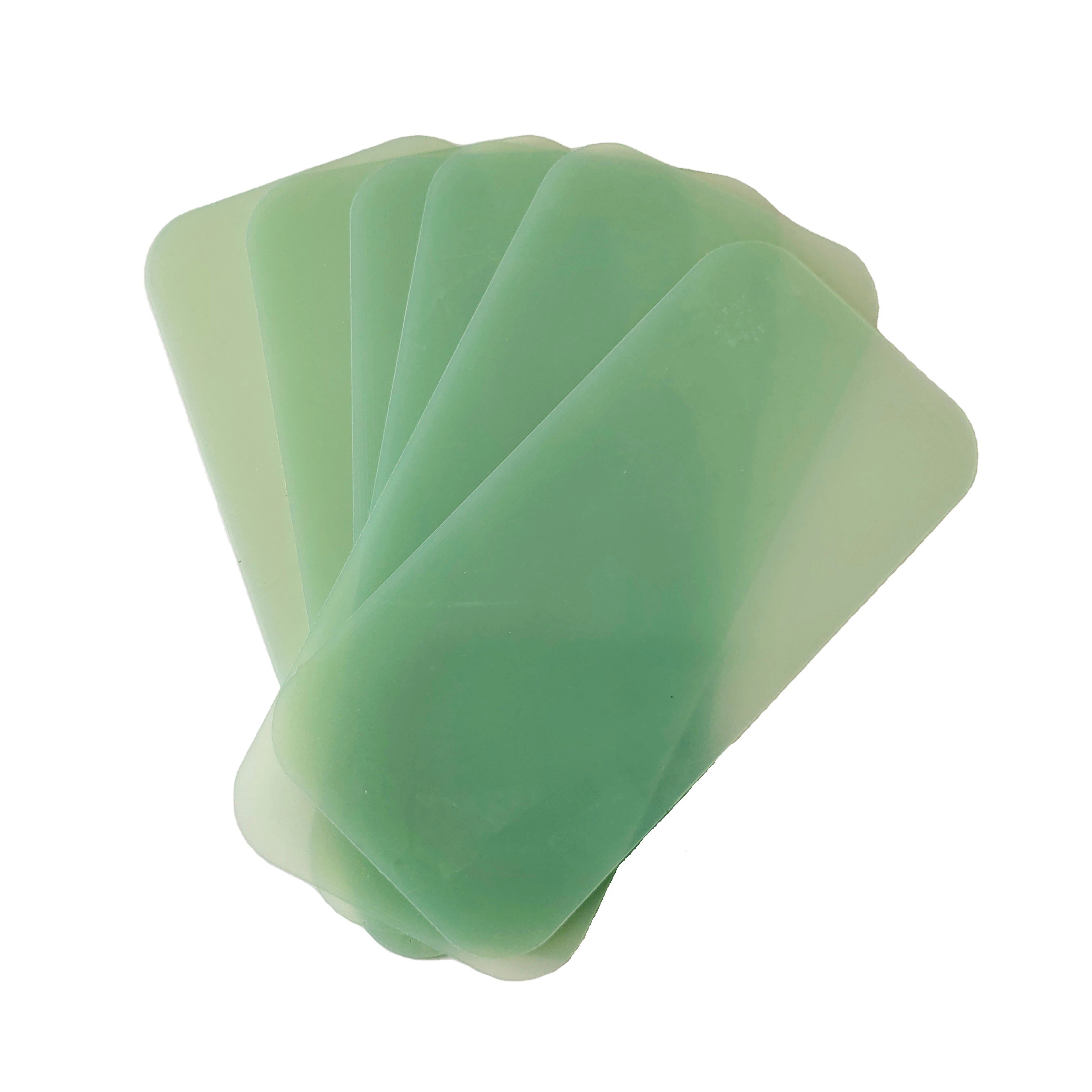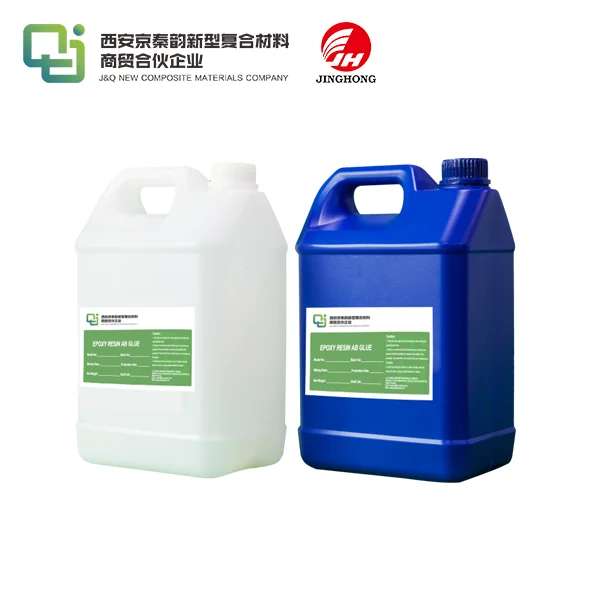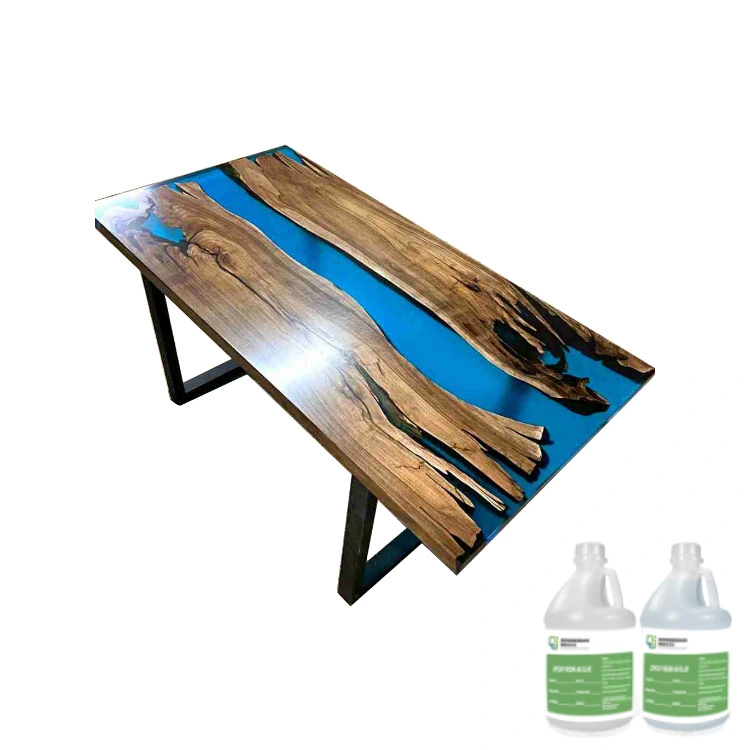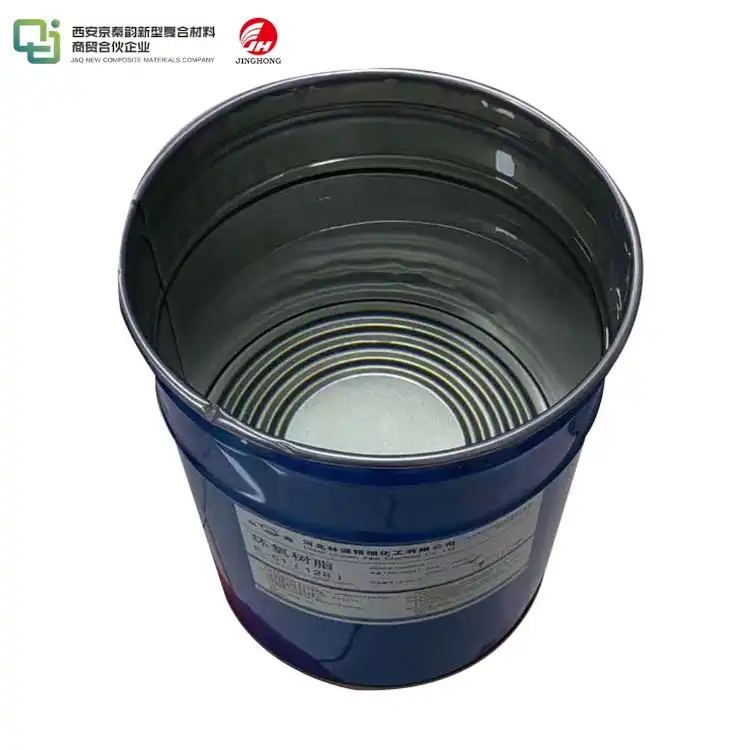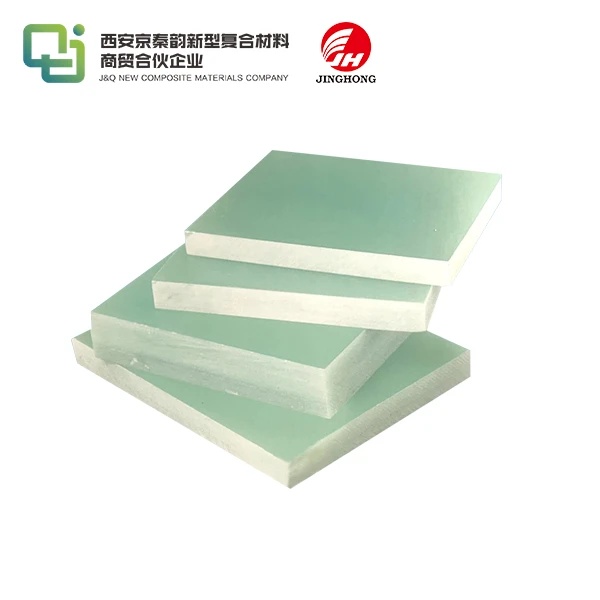How Heat-Resistant is FR4 Epoxy Laminate?
2025-07-02 17:17:45
FR4 epoxy laminate, a widely used material in the electronics industry, boasts impressive heat-resistant properties. This versatile material can withstand temperatures up to 140°C (284°F) for continuous use and short-term exposure to temperatures as high as 280°C (536°F). The exceptional thermal stability of FR4 epoxy laminate is attributed to its composition of woven fiberglass cloth impregnated with epoxy resin. This unique combination results in a material that maintains its structural integrity and electrical insulation properties even under high-temperature conditions. The heat resistance of FR4 epoxy laminate makes it an ideal choice for applications in various industries, including aerospace, automotive, and telecommunications, where reliable performance under extreme thermal stress is crucial.
Understanding FR4 Epoxy Laminate Composition
Fiberglass Reinforcement
The foundation of FR4 epoxy laminate lies in its fiberglass reinforcement. This component consists of interwoven glass fibers that provide exceptional strength and dimensional stability to the material. The fiberglass cloth is meticulously woven to create a uniform structure, ensuring consistent performance across the entire laminate. The glass fibers used in FR4 are typically E-glass, known for its excellent electrical insulation properties and high tensile strength. This fiberglass reinforcement contributes significantly to the laminate's ability to withstand high temperatures without warping or losing its structural integrity.
Epoxy Resin Matrix
The epoxy resin matrix is the binding agent that holds the fiberglass reinforcement together and imparts many of FR4's desirable properties. This thermoset polymer is carefully formulated to provide excellent adhesion to the glass fibers while offering superior electrical insulation and thermal resistance. The epoxy resin used in FR4 laminates undergoes a curing process that creates strong cross-linked bonds between molecules, resulting in a material with high thermal stability. This cured epoxy matrix maintains its properties even when exposed to elevated temperatures, contributing to the overall heat resistance of FR4 epoxy laminate.
Flame Retardant Additives
To enhance the safety and performance of FR4 epoxy laminate, flame retardant additives are incorporated into the material. These additives, typically bromine-based compounds, play a crucial role in improving the laminate's fire resistance without compromising its electrical or mechanical properties. The flame retardant additives work by interfering with the combustion process, reducing the spread of flames and the release of toxic gases in the event of a fire. This feature not only contributes to the overall heat resistance of FR4 but also makes it a preferred choice in applications where fire safety is paramount.

Factors Affecting FR4 Epoxy Laminate Heat Resistance
Glass Transition Temperature (Tg)
The glass transition temperature (Tg) is a critical factor in determining the heat resistance of FR4 epoxy laminate. Tg represents the temperature at which the material transitions from a rigid, glassy state to a more flexible, rubbery state. For standard FR4 laminates, the Tg typically ranges from 130°C to 140°C. However, specialized high-Tg variants can achieve glass transition temperatures of up to 180°C or higher. A higher Tg indicates better thermal stability and allows the material to maintain its mechanical and electrical properties at elevated temperatures. When selecting FR4 epoxy laminate for high-temperature applications, considering the Tg is crucial to ensure optimal performance and reliability.
Resin Formulation
The specific formulation of the epoxy resin used in FR4 laminate significantly influences its heat resistance. Advanced resin systems incorporate additives and modifiers that enhance thermal stability and reduce degradation at high temperatures. Some formulations include heat-stabilizing agents that help maintain the resin's cross-linked structure under thermal stress. Additionally, the ratio of resin to hardener and the curing process parameters can be optimized to improve the laminate's heat resistance. Manufacturers continually refine their resin formulations to develop FR4 variants with enhanced thermal properties, catering to the increasing demands of high-temperature applications in various industries.
Fiberglass Content and Weave
The fiberglass content and weave pattern in FR4 epoxy laminate play a significant role in its heat resistance. A higher glass-to-resin ratio generally results in improved thermal stability, as the glass fibers have a higher heat resistance than the epoxy matrix. The weave pattern of the fiberglass cloth also affects heat dissipation and dimensional stability under thermal stress. Tighter weaves with higher thread counts tend to provide better resistance to warpage and delamination at elevated temperatures. Some high-performance FR4 variants utilize specialized glass fabrics or hybrid reinforcements to further enhance heat resistance and thermal management properties.
Applications Leveraging FR4 Epoxy Laminate's Heat Resistance
High-Temperature PCB Manufacturing
The exceptional heat resistance of FR4 epoxy laminate makes it an ideal substrate for high-temperature printed circuit board (PCB) manufacturing. In applications where electronic components generate significant heat during operation, FR4-based PCBs can maintain their structural integrity and electrical performance. This is particularly crucial in power electronics, automotive control systems, and industrial equipment where operating temperatures can be extreme. The ability of FR4 to withstand elevated temperatures without degradation ensures the longevity and reliability of these critical electronic assemblies. Additionally, FR4's thermal stability allows for the use of lead-free soldering processes, which typically require higher temperatures compared to traditional lead-based soldering.
Aerospace and Defense Components
The aerospace and defense industries rely heavily on FR4 epoxy laminate for various components due to its outstanding heat resistance and mechanical properties. In aircraft and satellite systems, where temperatures can fluctuate dramatically, FR4-based components maintain their performance and structural integrity. The material's ability to withstand high temperatures is essential for avionics systems, radar equipment, and communication devices that operate in challenging environments. FR4's flame-retardant properties also contribute to the overall safety of aerospace applications, meeting stringent fire safety regulations. The combination of heat resistance, electrical insulation, and mechanical strength makes FR4 epoxy laminate an indispensable material in these demanding sectors.
Automotive Electronics
The automotive industry increasingly relies on FR4 epoxy laminate for various electronic components, leveraging its heat-resistant properties. Modern vehicles incorporate sophisticated electronic systems that must operate reliably in high-temperature environments, such as engine compartments and brake systems. FR4-based PCBs and insulators in these applications can withstand the heat generated by both the vehicle's operation and the electronic components themselves. This thermal stability ensures the longevity and reliability of critical automotive systems, including engine control units, advanced driver assistance systems (ADAS), and electric vehicle battery management systems. As automotive electronics become more complex and compact, the heat resistance of FR4 epoxy laminate plays a crucial role in maintaining performance and safety standards.
Conclusion
FR4 epoxy laminate's impressive heat resistance, withstanding temperatures up to 140°C for continuous use and brief exposures to 280°C, makes it an indispensable material in various high-temperature applications. Its unique composition of fiberglass reinforcement and epoxy resin, coupled with flame-retardant additives, provides a robust solution for industries requiring reliable performance under thermal stress. As technology advances and demands for heat-resistant materials grow, FR4 epoxy laminate continues to evolve, offering enhanced thermal properties to meet the challenges of modern electronics and engineering applications.
Contact Us
For more information about our FR4 epoxy laminate products and their heat-resistant properties, please contact us at info@jhd-material.com. Our team of experts is ready to assist you in finding the perfect solution for your high-temperature application needs.
References
1. Smith, J. A. (2021). Thermal Properties of FR4 Epoxy Laminates in Electronic Applications. Journal of Materials Science and Engineering, 45(3), 215-228.
2. Johnson, M. R., & Thompson, L. K. (2020). Advanced FR4 Formulations for High-Temperature PCB Applications. IEEE Transactions on Components, Packaging and Manufacturing Technology, 10(2), 301-312.
3. Brown, E. S., et al. (2019). Comparative Study of Heat-Resistant Laminates in Aerospace Electronics. Aerospace Materials and Technology, 33(4), 567-582.
4. Lee, C. H., & Park, S. Y. (2022). Influence of Glass Transition Temperature on FR4 Epoxy Laminate Performance. Polymer Composites for Electrical Insulation, 18(2), 145-159.
5. Rodriguez, A. M., & Chen, X. (2020). Thermal Management Strategies for FR4-Based Automotive Electronics. SAE International Journal of Passenger Cars - Electronic and Electrical Systems, 13(1), 39-52.
6. Wilson, D. R. (2021). Advancements in FR4 Epoxy Laminate Technology for High-Temperature Applications. Materials Today: Proceedings, 38, 2145-2158.

